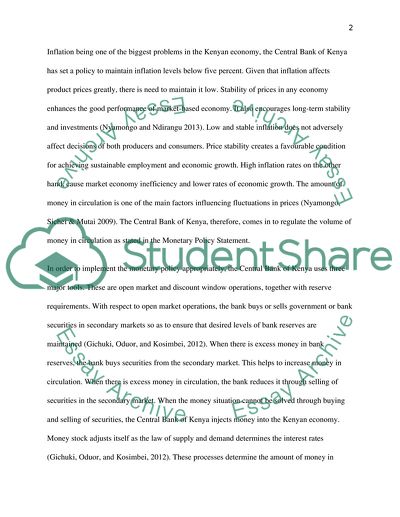Cite this document
(Monetary Policy of the United Kingdom and Kenya Admission/Application Essay, n.d.)
Monetary Policy of the United Kingdom and Kenya Admission/Application Essay. Retrieved from https://studentshare.org/macro-microeconomics/1816853-examine-and-compare-the-recent-record-of-either-fiscal-or-monetary-policy-in-any-two-countries-of-your-choice-including-at-least-one-developing-country-recent-means-approximately-the-last-ten-years
Monetary Policy of the United Kingdom and Kenya Admission/Application Essay. Retrieved from https://studentshare.org/macro-microeconomics/1816853-examine-and-compare-the-recent-record-of-either-fiscal-or-monetary-policy-in-any-two-countries-of-your-choice-including-at-least-one-developing-country-recent-means-approximately-the-last-ten-years
(Monetary Policy of the United Kingdom and Kenya Admission/Application Essay)
Monetary Policy of the United Kingdom and Kenya Admission/Application Essay. https://studentshare.org/macro-microeconomics/1816853-examine-and-compare-the-recent-record-of-either-fiscal-or-monetary-policy-in-any-two-countries-of-your-choice-including-at-least-one-developing-country-recent-means-approximately-the-last-ten-years.
Monetary Policy of the United Kingdom and Kenya Admission/Application Essay. https://studentshare.org/macro-microeconomics/1816853-examine-and-compare-the-recent-record-of-either-fiscal-or-monetary-policy-in-any-two-countries-of-your-choice-including-at-least-one-developing-country-recent-means-approximately-the-last-ten-years.
“Monetary Policy of the United Kingdom and Kenya Admission/Application Essay”, n.d. https://studentshare.org/macro-microeconomics/1816853-examine-and-compare-the-recent-record-of-either-fiscal-or-monetary-policy-in-any-two-countries-of-your-choice-including-at-least-one-developing-country-recent-means-approximately-the-last-ten-years.


